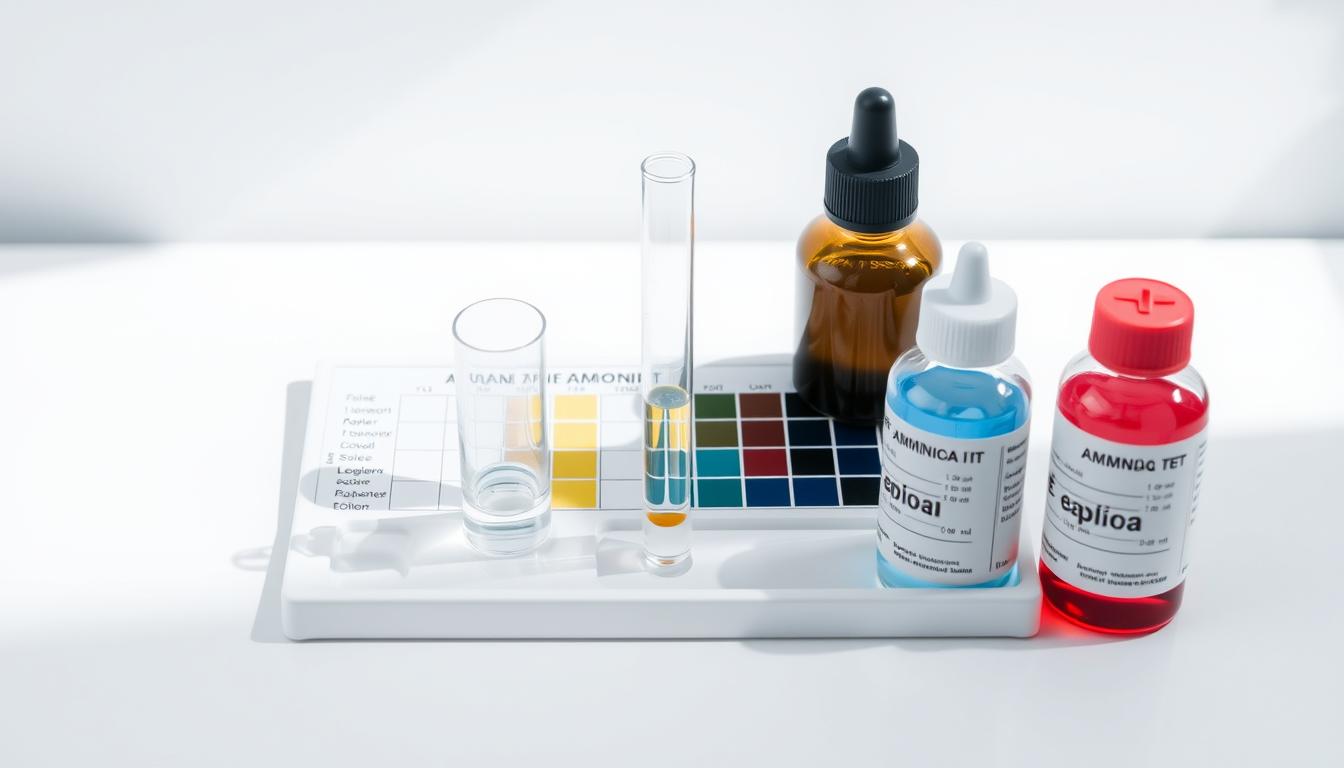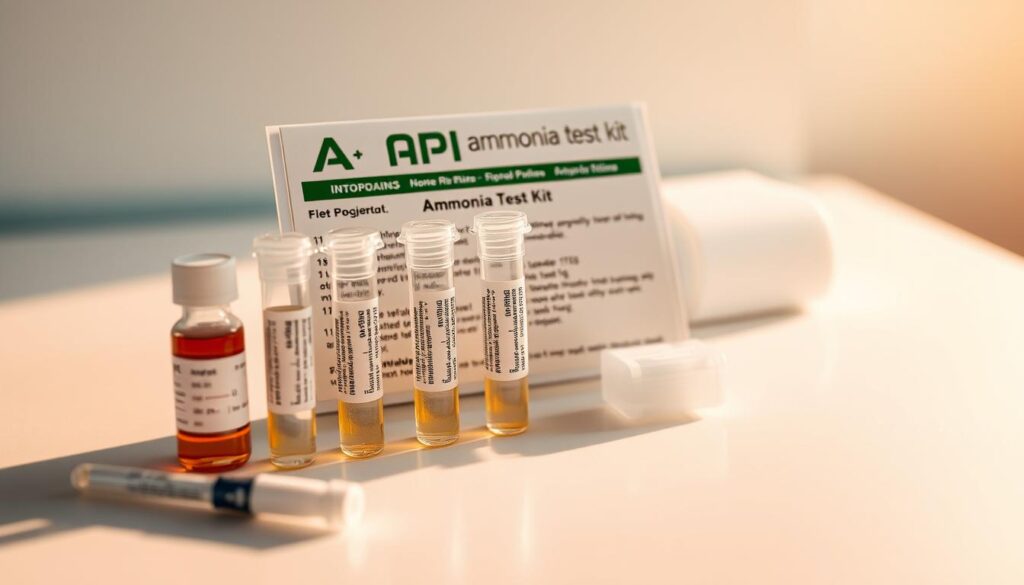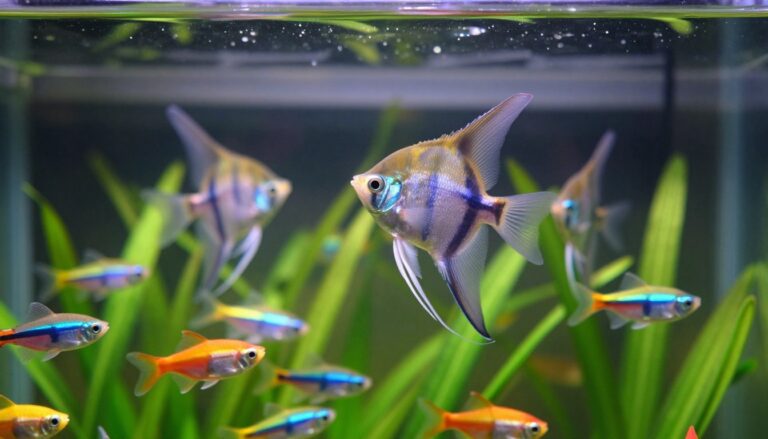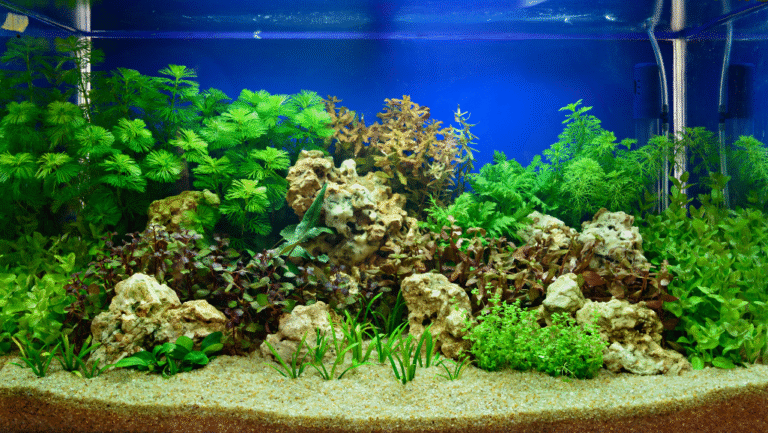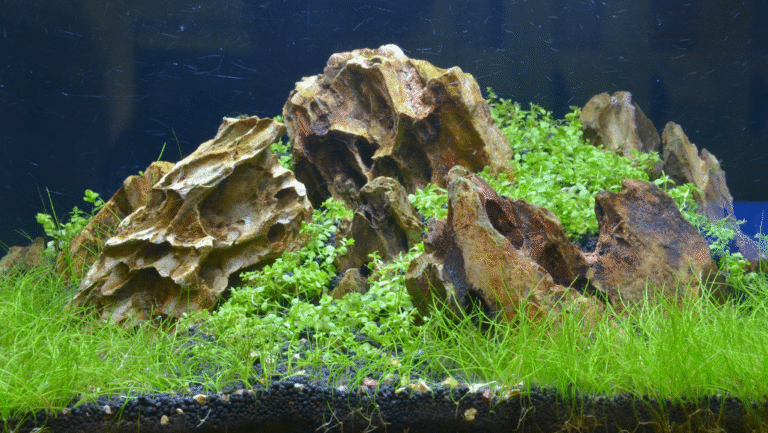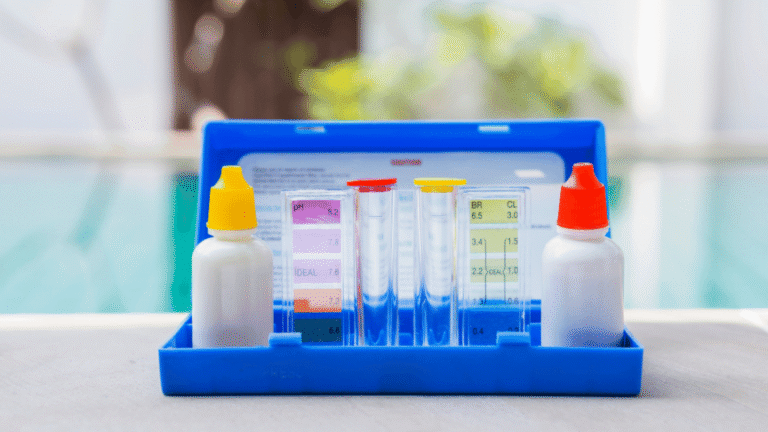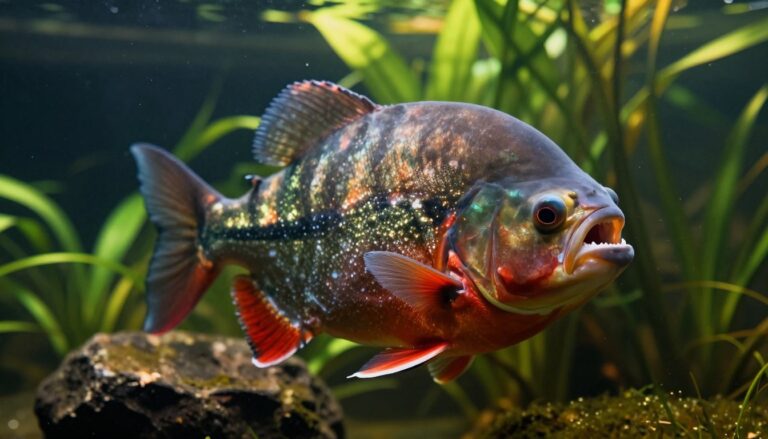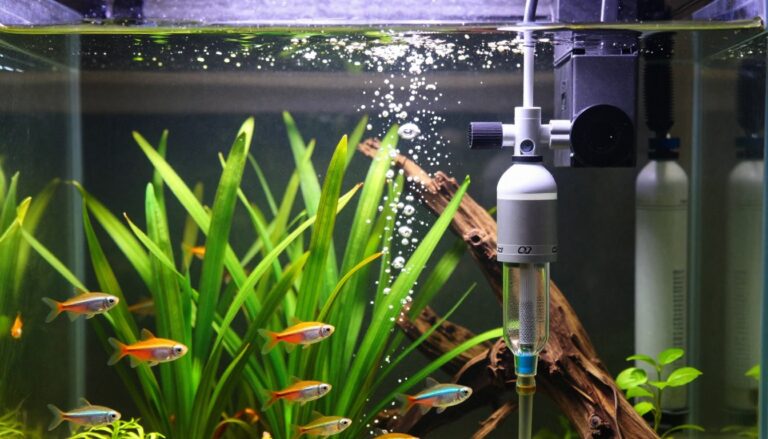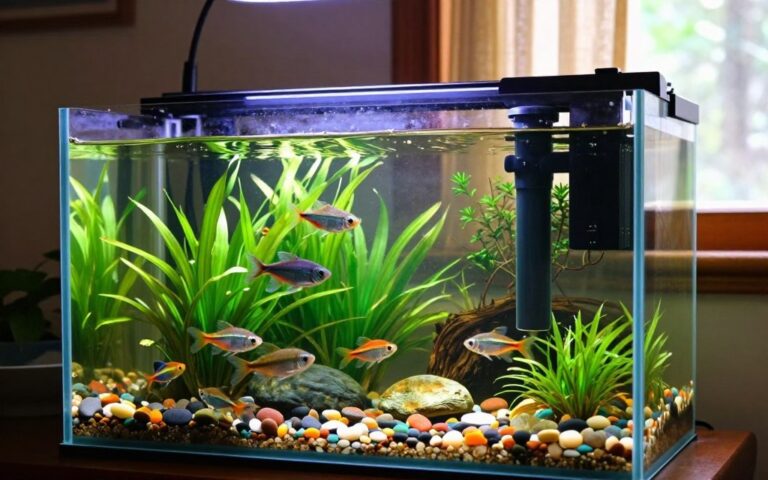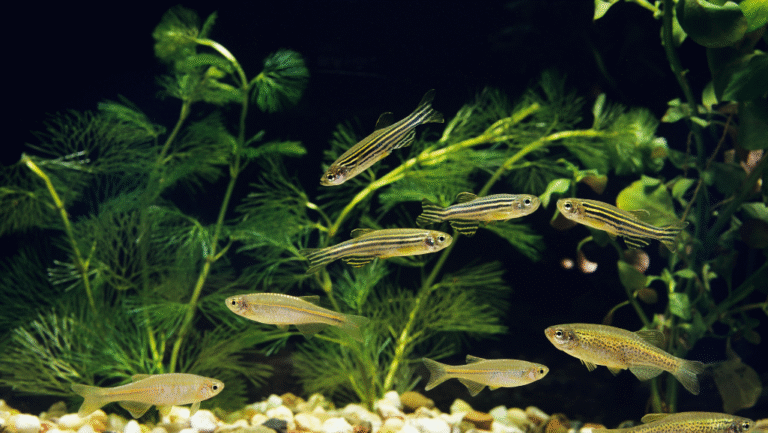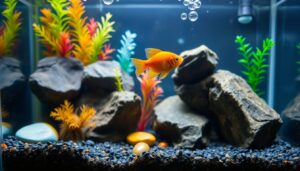Maintaining a healthy aquatic environment requires careful attention to water quality. One of the most critical factors to monitor is ammonia levels, as they can quickly become harmful to aquatic life. Choosing the right ammonia test kit is essential for ensuring the safety and balance of your aquarium.
Ammonia is known as the #1 killer of freshwater species, making regular testing a non-negotiable part of aquarium care. Whether you’re a beginner or an experienced hobbyist, selecting a reliable kit can make all the difference. Factors like accuracy, ease of use, and test type (liquid vs. strips) should guide your decision.
For example, the API Freshwater Master Test Kit is a popular choice, Fish Tank Ammonia Test Kit and the capacity for up to 130 tests. This ensures long-term use and consistent results. Weekly testing helps prevent invisible water problems, keeping your aquatic environment thriving.
Key Takeaways
- Ammonia is the leading cause of freshwater species death, making testing crucial.
- Choose a kit based on accuracy, ease of use, and test type.
- Liquid kits are often more precise but require careful handling.
- Regular weekly testing helps maintain a healthy aquatic environment.
- Kits like the API Freshwater Master Test Kit offer durability and reliability.
Why Testing for Ammonia Is Critical for Your Aquarium
Ensuring the safety of your aquatic ecosystem starts with understanding invisible threats. One of the most dangerous yet unseen hazards is ammonia. Even at low levels, it can harm your aquatic life, making regular monitoring essential.
Ammonia: The Invisible Threat to Aquatic Health
Ammonia is a toxic compound that can quickly disrupt the balance of your aquarium. It originates from waste, uneaten food, and decaying organic matter. Without testing, it’s impossible to detect, making it a silent killer.
Even a small amount, as low as 0.2 ppm, can stress your aquatic inhabitants. Over time, this can weaken their immune systems and lead to serious health issues. Regular testing is the only way to ensure your water remains safe.
How Ammonia Builds Up in Your Aquarium
Ammonia enters your aquarium through several sources:
- Waste: Fish release ammonia through their gills and urine.
- Decaying Matter: Uneaten food and plant debris break down, releasing ammonia.
- Organic Debris: Dead leaves or other organic materials contribute to the buildup.
The nitrogen cycle plays a vital role in breaking down ammonia. Beneficial bacteria convert it into nitrite and then nitrate. However, this process can take time, and high ammonia levels can overwhelm the system.
For more tips on managing ammonia levels, check out this helpful guide.
Remember, any hint of green in your test results indicates danger. Stay proactive to keep your aquatic environment thriving.
Choosing the Right Fish Tank Ammonia Test Kit
Selecting the right tools for monitoring water quality is essential for a thriving aquatic setup. With so many options available, it’s important to understand what makes a test kit reliable and effective. From accuracy to ease of use, each feature plays a role in ensuring your aquatic environment stays safe and balanced.
Accuracy and Sensitivity: What to Look For
When choosing a kit, accuracy is non-negotiable. Look for products that offer precise measurements, especially for detecting low levels of ammonia. For example, the API Freshwater Master Test Kit provides a range of 0-8 ppm, ensuring even the smallest changes are detected.
Sensitivity is equally important. A good ammonia test should deliver consistent results, helping you take timely action to protect your aquatic life. Always check reviews and product specifications to ensure the kit meets your needs.
Liquid vs. Strip Tests: Pros and Cons
There are two main types of tests: liquid and strip. Liquid kits, like the API kit, are known for their accuracy. They use reagents to measure ammonia levels, providing detailed results. However, they require careful handling and a bit more time.
Strip tests, on the other hand, are quicker and easier to use. While they offer convenience, they may not be as precise as liquid kits. For those who prioritize speed over accuracy, strips can be a viable option.
Key Features of a Reliable Kit
A dependable test kit should include several key features. Airtight bottles for storing reagents ensure long-term accuracy. Durable test tubes with caps prevent spills and contamination, while clear color charts make it easy to interpret results.
For example, the API kit includes three reagents (Ammonia 1, 2, and 3) for precise measurements. It also provides 40+ tests, making it a cost-effective choice for regular monitoring. Always check expiration dates and reagent conditions to ensure reliable results.
For more information on water testing solutions, visit our guide on aquarium water testing kits.
Top-Rated Ammonia Test Kit: API Ammonia Test Kit Review
For aquarists seeking precision and reliability, the API Ammonia Test Kit is a trusted solution. Known for its accuracy and ease of use, this kit has become a staple for both beginners and experienced hobbyists. Whether you’re managing a freshwater or saltwater setup, it delivers consistent results that help maintain a healthy aquatic environment.
How the API Kit Works (Step-by-Step Testing)
The API Ammonia Test Kit uses a straightforward process to measure ammonia levels. Here’s how it works:
- Fill the included test tube with 5 ml of water from your aquarium.
- Add 5 drops each of the three reagents (Ammonia 1, 2, and 3).
- Secure the cap and shake the tube gently to mix the solution.
- Wait 10 minutes for the color to develop.
- Compare the solution’s color to the provided chart to determine ammonia levels.
This method ensures accurate readings, even at low concentrations. For best results, clean the test tube thoroughly before each use to avoid contamination.
Why It’s a Favorite Among Aquarists
The API Ammonia Test Kit is highly regarded for several reasons. First, its compatibility with both freshwater and saltwater setups makes it versatile. Second, the kit includes overfilled bottles of reagents, providing extra value and ensuring you get more tests per purchase.
Additionally, the kit’s detailed instructions and troubleshooting FAQs make it user-friendly. Its reputation for reliability is backed by API’s 50-year history in the industry. As one aquarist noted, “It’s the most dependable kit I’ve used for monitoring water quality.”
For a deeper dive into its features, check out this API Freshwater Master Test Kit review.
Conclusion
Keeping your aquatic environment safe starts with consistent monitoring. Zero ammonia is non-negotiable for the health of your aquatic life. Regular testing ensures you catch invisible threats before they escalate.
When choosing a test kit, prioritize accuracy, ease of use, and brand reliability. The API kit stands out for its precision, comprehensive resources, and widespread approval among aquarists. Its dual-reagent system and detailed instructions make it a top choice for both beginners and experts.
Pair weekly testing with routine water changes and ammonia removers for optimal results. Don’t wait for visible signs—act proactively to maintain a thriving ecosystem. For more tips on managing your aquatic setup, explore our guide on big freshwater aquarium fish.
